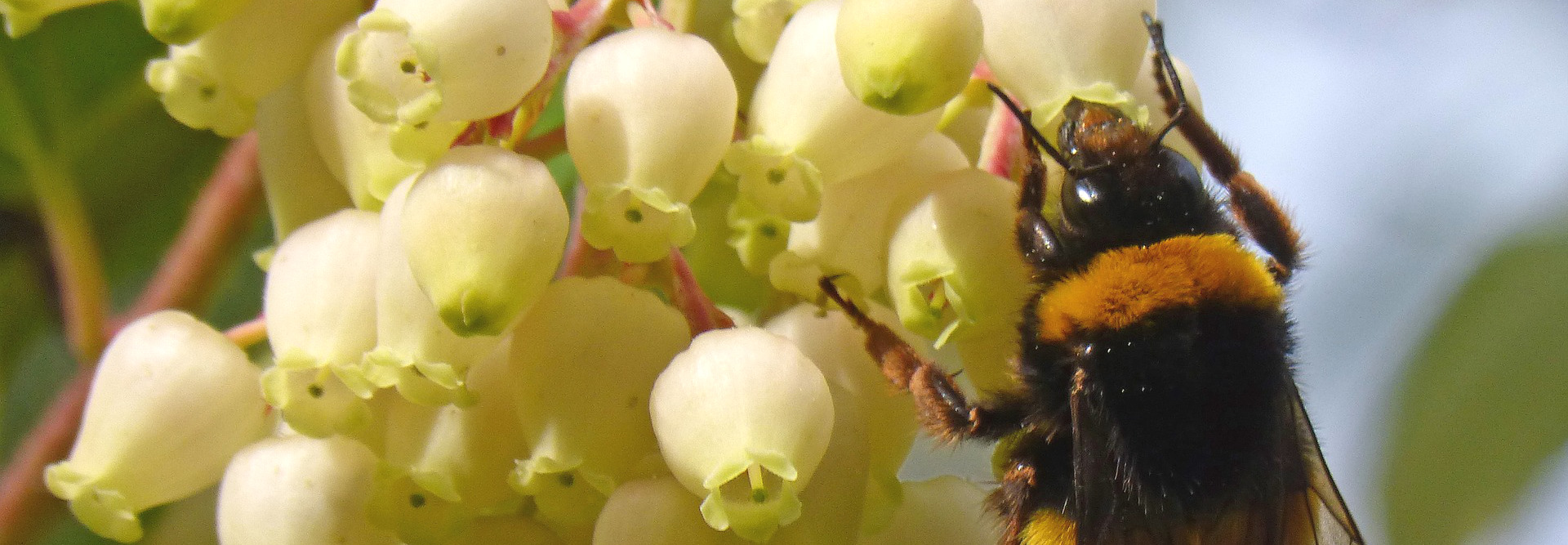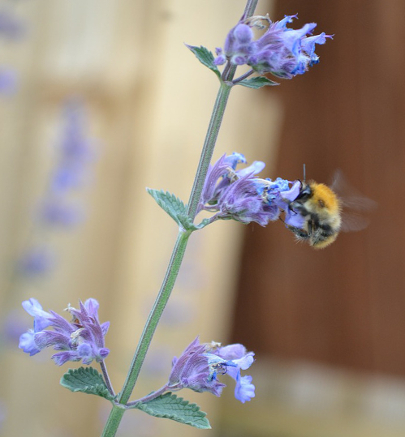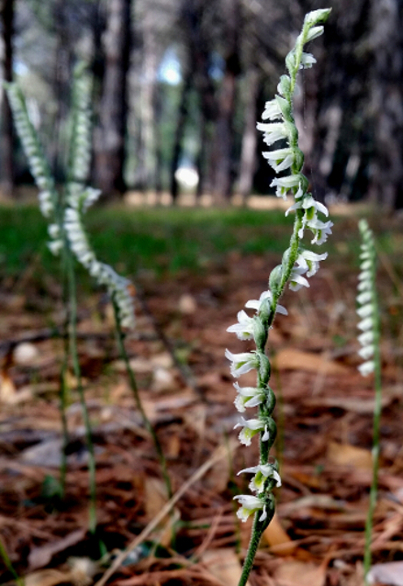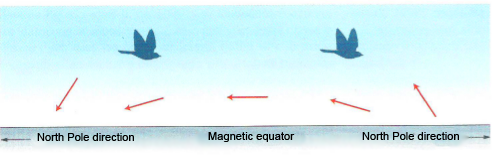
October. Autumn shortens the days, the trees begin to color the landscapes. If you make an excursion from the sea to the mountains, moving towards the higher heights, we leave behind the green sclerophyllous woods to let ourselves be enchanted by the yellows, ocher and brown that occupy ever greater spaces up to the deciduous woods . The games of the sun rays now low, light in the colors unexpected colors, while the first wet vapors make the spaces shine between the leaves of the high vault of the forest.
The flowers of October, like almost all the autumn and winter ones, open up into plains or hills where the climate is milder and the orography of the territory protects them from the first cold winds.

The last yellow, star-shaped flo wers of the Enula bacicci (Inula crithmoides) illuminate the sunsets on the edges of the sandy shores and salt marshes, while in the eastern Mediterranean basin some pink-purple flower of the Colchico di Bivona (Colchicum bivonae) still appears. drawn to chess minutes.
Also the Gnidio (Daphne gnidium) is finishing its blooms started in June. Its ivory-colored flowers, also bear the small light red berries of the previous blooms.
The contemporary presence of flowers and fruits is a peculiar characteristic of the Strawberry tree (Arbutus unedo) but, unlike the Gnidio, for which the contemporaneity at the end of the flowering is random, for the Strawberry tree the simultaneity of flowers and fruits is the norm. It is one of the many adaptations to the Mediterranean climate of this important component of the evergreen forest. Among the adaptations to a dry climate there is the habit of the Spazzaforno (Thymelaea irsuta) to start now the flowering, which will last the entire winter.

Repaired by rocks and pebbles or in depressions of the ground, the flowers of the autumn marguerite (Bellis sylvestris) form small white patches in the uncultivated areas or on the margins of the shaded areas. The autumn mandragora (Mandragora autumnalis) does not take shelter; the full bloom of this species colors the fields with its delicate light purple bell-shaped corollas. While the pastures and rocks on the edge of the southern European fields show the yellow spots of yellow safflower (Sternbergia lutea).
For those who start to go for fungi, on the edges of the woods and uncultivated, the Nepitella (Clinopodium nepeta) signals its presence with delicate light blue flowers. For the mushroom hunters this flowering is very useful because it allows them to notice and collect an important ingredient of the mushroom trifolium which will be the base of their risotto.
But we can proclaim queen of the flowers of this month a minute and delicate white orchid: the autumnal Viticcino (Spiranthes spiralis) that forms in the clearings of the scrubland, in pine forests and luminous meadows, dry or slightly wet, small groups of flowering stems that screw on themselves.
Credits:
Author: Anna Lacci is a scientific popularizer and expert in environmental education and sustainability and in territory teaching. She is the author of documentaries and naturalistic books, notebooks and interdisciplinary teaching aids and multimedia information materials.
Translation by Maria Antonietta Sessa




